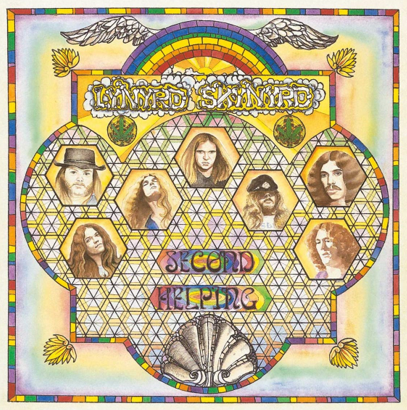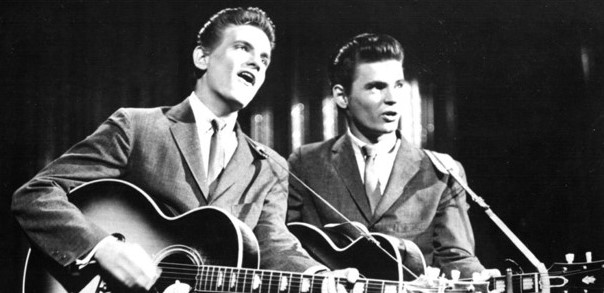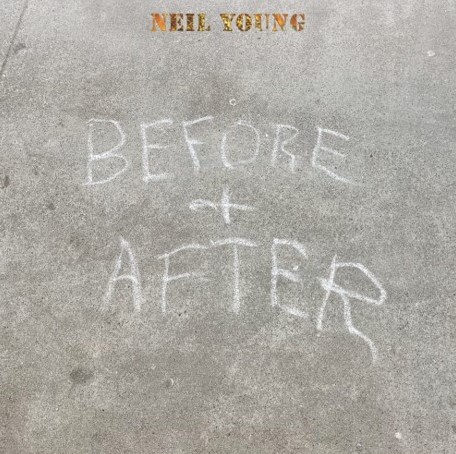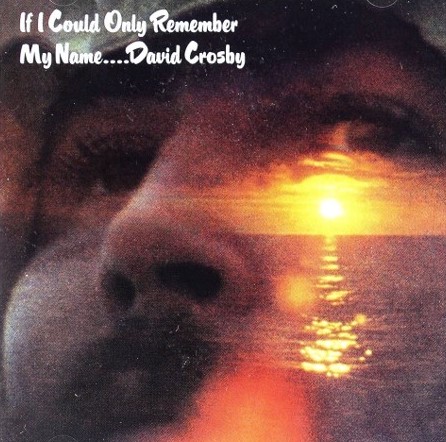It’s hard to believe some five weeks have passed since the last installment of my monthly recurring feature about music producers and sound engineers. In this post, I’d like to take a closer look at Daniel Lanois, a name I first encountered in connection with my favorite U2 album The Joshua Tree, which he co-produced with Brian Eno. In addition to who Rolling Stone called the “most important record producer to emerge in the Eighties,” Lanois is also an accomplished musician with a sizable catalog of solo and collaboration albums. Given this feature’s topic, I’m only focusing on his production work, which leaves more than enough to cover!
Daniel Lanois (born Daniel Roland Lanois on September 19, 1951) grew up in Hull, Quebec, which his bio describes as a Canadian town “best known for gambling and drinking”. While his family was poor, it provided a foundation that seemingly was a destination for music. His father played the fiddle, his mother sang, and his parents, uncles, aunts and other family members regularly gathered to play music together. As a child, Lanois listened to Motown, R&B, rock & roll and psychedelic music, and by the time he was in high school, he already knew music would be his career.

At age 17, before he even finished school, he and his older brother Bob Lanois set up a studio in the basement of their mother’s home. That was in Ancaster, Ontario, to where she had relocated with the boys after the separation from her husband. Among the first local artists the brothers produced were rock band Simply Saucer. Daniel’s bio notes he built a reputation “as someone who could work the studio but thought as a musician.”
During the ’70s Lanois developed his technical skills as a producer. In 1976, he co-founded Grant Avenue Studio, together with his brother and Bob Doidge, who eventually became the sole owner in 1985 before selling it to two partners in early 2023. Toward the end of the ’70s, Lanois came to the attention of Brian Eno who recruited him to assist on Eno’s ambient series of albums. Their professional relationship led to Eno’s invitation to co-produce The Unforgettable Fire, the first of five U2 albums on which they worked together.

Lanois’ early work with U2 led to production assignments with other top artists, such as Peter Gabriel, Bob Dylan, Emmylou Harris, Willie Nelson and Neil Young. His production style, which has been characterized for its ‘big’ and ‘live’ drum sound, atmospheric guitars and ambient reverb, has served him well. To date, Lanois has won seven Grammy awards and received 15 nominations. In 2005, he was inducted into Canada’s Walk of Fame. He also received a lifetime achievement award in June 2013 at the annual Governor General’s Performing Arts Award. Time for samples of Lanois’ production work.
I’d like to kick it off with an early production effort: an album by the aforementioned Simply Saucer, for which Lanois initially co-produced demo material with his brother in 1974. The music wasn’t released until 1989 under the title Cyborgs Revisited when it was combined with material from a 1975 live recording. Here’s Electro Rock from the ’74 demo. While it’s very different from what was to come, I find that raw punk sound with a psychedelic touch charming – reminds me a bit of early Pink Floyd.
Next I’d like to jump to February 1983 and Danseparc, the fourth studio album by Canadian new wave band Martha and the Muffins. They are best known for their 1980 international hit single Echo Beach. Danseparc was the second album Lanois co-produced for the group after 1981’s This Is the Ice Age. Here’s Danseparc (Everyday Day It’s Tomorrow).
Of course, I couldn’t skip a song off The Joshua Tree, U2’s fifth studio album from March 1987, and the second Lanois co-produced with Eno. The majestic With or Without You became the first single. “The making of that started with a beatbox – an available Yamaha beatbox that we had,” Lanois told Songfacts during an April 2021 interview. “Then we came up with a chord sequence. Adam [Clayton] played a lovely bass part. And then we had a little secret weapon. It was called the “infinite sustain guitar,” invented by my good friend Michael Brook, a Canadian associate. Michael had invented this instrument where you didn’t have to use your right hand on the guitar. You just held a note with your left hand, and he had a little self-looping system built into the instrument, which caused it to go into this [sings guitar part].”
I think it’s fair to say Lanois’ magnificent co-productions of U2’s The Unforgettable Fire and The Joshua Tree changed his trajectory. In 1986, Robbie Robertson worked with Lanois to co-produce his self-titled solo debut album, which came out in October 1987. Somewhere Down the Crazy River has been one of my favorites for a long time. “Robbie Robertson was describing what it was like to hang out in Arkansas with Levon Helm in his old neighbourhood,” Lanois recalled. “He was telling me about the hot nights and fishing with dynamite, and was asking someone for directions for someplace somewhere down the crazy river.” Lanois went on, “I had presented him with this instrument that [Brian] Eno introduced me to called the Suzuki Omnichord, like an electric autoharp. He found a little chord sequence with it that was sweet and wonderful. As he was developing his chord sequence I recorded him and superimposed his storytelling, which I was secretly recording, on top. That was the birth of ‘Somewhere Down The Crazy River.’ It’s kind of like a guy with a deep voice telling you about steaming nights in Arkansas.”
In 1995, Emmylou Harris decided to move away from her traditional acoustic toward a more atmospheric sound – and to work with Daniel Lanois and sound engineer Mark Howard. The result was Wrecking Ball, her 18th studio album that came out in September 1995. Here’s the beautiful opener Where Will I Be, which has a noticeable U2 vibe.
Given Lanois’ extensive and impressive production credits, I could go on and on. But his post is already getting pretty long, so the last album I’d like to touch on is Time Out of Mind. Bob Dylan’s 30th studio album from September 1997 is recognized as an artistic comeback for Dylan. It also marked his first album of original material since 1990’s Under the Red Sky. Here’s the stunning Make You Feel My Love. This send chills down my spine!
I’m leaving you with a Spotify playlist that features the above songs and some additional tracks from albums produced or co-produced by Daniel Lanois.
Sources: Wikipedia; Daniel Lanois website; Songfacts; YouTube; Spotify













